Adams Modeler
Adams Modeler represents the next evolution in the Adams user experience. The improvements go beyond just an improved user interface and focus on fundamental workflow improvements and model-building efficiencies. By streamlining model workflows, common tasks require fewer clicks and picks, and models are far easier to manage and explore.

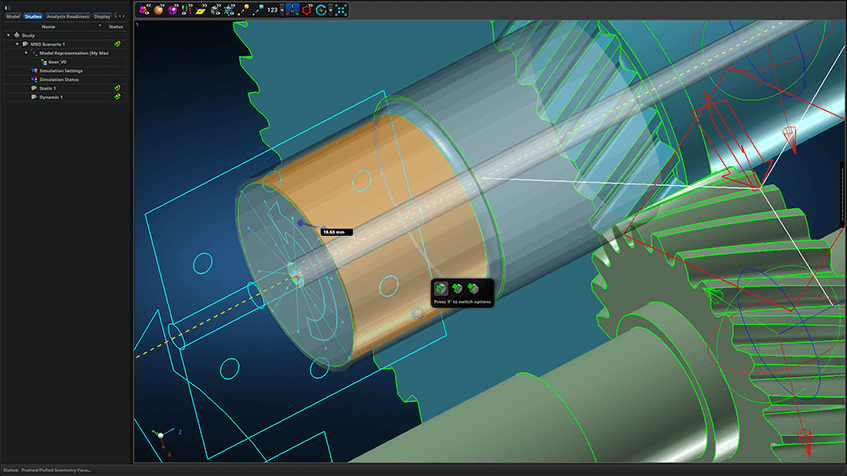
Why Adams Modeler?
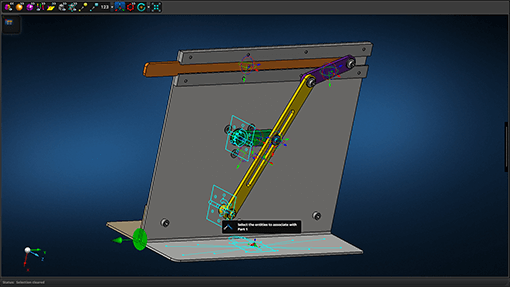
Enriching the Adams User Experience
More than just a new UI. Reimaging mechanical system simulation based on decades of industry leading experiences.
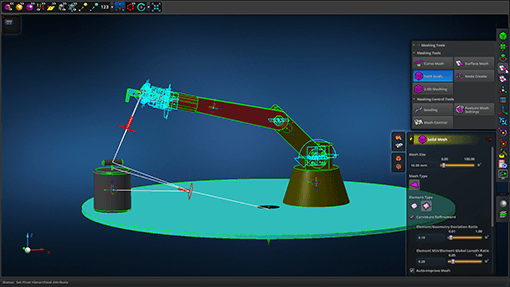
Powering Productivity
Significantly cut the time it takes to build and validate system performance. Compress modeling timelines and accelerate product development.
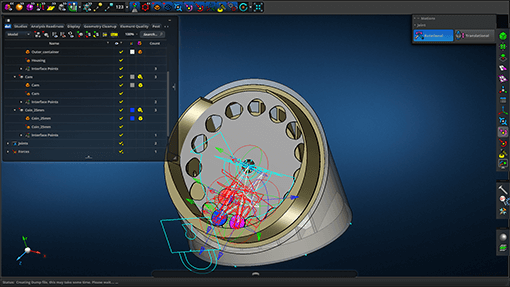
Driving Democratization
Making mechanical system simulation simpler. Guided simulation workflows that eliminate need for user specialization.
Customer Testimonial
Fisher Dynamics is the automotive industry’s premier supplier of safety-critical seat structures and mechanisms. The company is looking to reduce physical prototypes and further increase quality of seat mechanisms.
Key Features
CAD Management
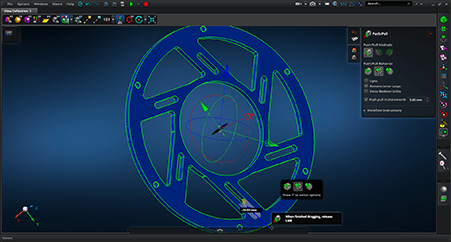
Powerful drag and drop capabilities makes it trivial to adjust the CAD assemblies to suit your motion model structure.
Direct editing of geometry features are just a click away making it simple to make fast changes without the need for updates from the CAD group.
Model Creation
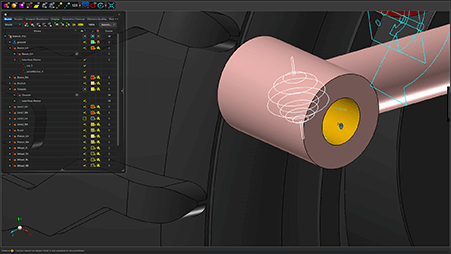
- Model objects are associated with geometry, and geometric features can be used to quickly pick and place model objects.
- Model building accelerators to intelligently predict the location and position of modeling object to allow users to accomplish object definition in fewer clicks.
- A generative relationship between the geometry and the model. Any change to the geometry results in a regeneration of the associated model object, minimizing model rework when the geometry changes.
Integrated FE Capabilities
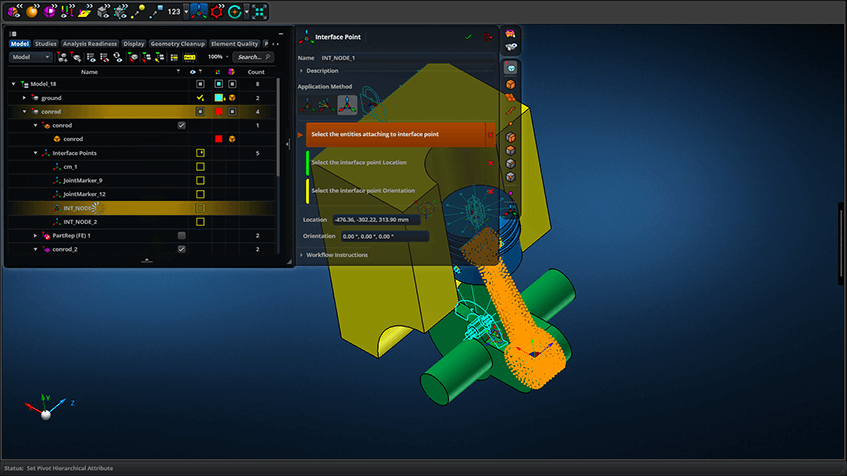
- Flex bodies can be quickly created from rigid parts. A more robust and automated meshing and flex body generation simplifies the process of adding structural compliance in mechanisms. You can readily toggle between rigid part and flex body representation depending on your goals
- When underlying geometry is modified the flex body is automatically updated to reflect the change.
-
Collateral
-
Training materialAdams Tutorial Kit for Mechanical Engineering Courses
-
Data sheet Tech specAdams Modeler
-
FlyerEffective Model Exploration for MBD Simulations
-
FlyerOptimizing CAD management
-
FlyerNVH simulation
-
Application reportVirtual testing of aircraft movables
-
Application reportAero engine multibody dynamics simulation
-
Application reportHard Landing Stress Simulation
-
ArticleCo-simulation - Breaking the Back of Multiphysics...
-
BrochureAdams Modeler
-
BrochureDesign & engineering simulation solutions
-
Case studyOptimising washing machine performance
-
Case studyIRCCyNP: Adams simulation
-
Case studyMotus Labs
-
Case studyRace sports: Catch the highest performance...
-
Case studyRoyal Enfield: Motorbike pass-by noise
-
Case studyThales Angenieux: Adams View
-
Case studyMeritor and Adams reduces truck stopping distance
-
Case studySamsung: Washing Machine
-
Case studyItalian institute of technology (IIT): Simulate ...
-
Case studyUniversity of Technology of Compiègne: Adams
-
Case studyUniversity of Missouri: Adams Simulations
-
Case studyOptimising design of a flipper device for airplane...
-
Case studyVirtual prototyping of Magneto-Rheological (MR)...
-
Case studyItalian Institute of Technology (IIT): Adams
-
Case studyComat Aerospace: Developing the 3POD antenna...
-
-
Webinars
-
WebinarDriving Engineering Insight by Applying SmartUQ
-
WebinarAdams 2019.2 Release Highlights
-
WebinarFaster HiL testing at JLG industries
-
WebinarAdams 2019.0 Release Highlights
-
WebinarAdams 2021 Release Highlights
-
WebinarMBD based process
-
WebinarInteroperability Series: MSC Apex for Adams
-
WebinarHigh Fidelity Modelling of Hybrid EV Dynamics
-
WebinarReal Time Animation & VTD Integration
-
WebinarAdvanced CAE Simulation: Improving fuel efficiency
-
WebinarSimulating the Reality by Considering Multiphysics
-
WebinarElectric Vehicle Development using Adams
-
WebinarReal Time & Faster Flexible Body Simulations
-
WebinarEnhanced driving simulator experience at IDIADA
-
WebinarFaster HiL testing at JLG industries
-
WebinarWind Turbine Acoustic
-
